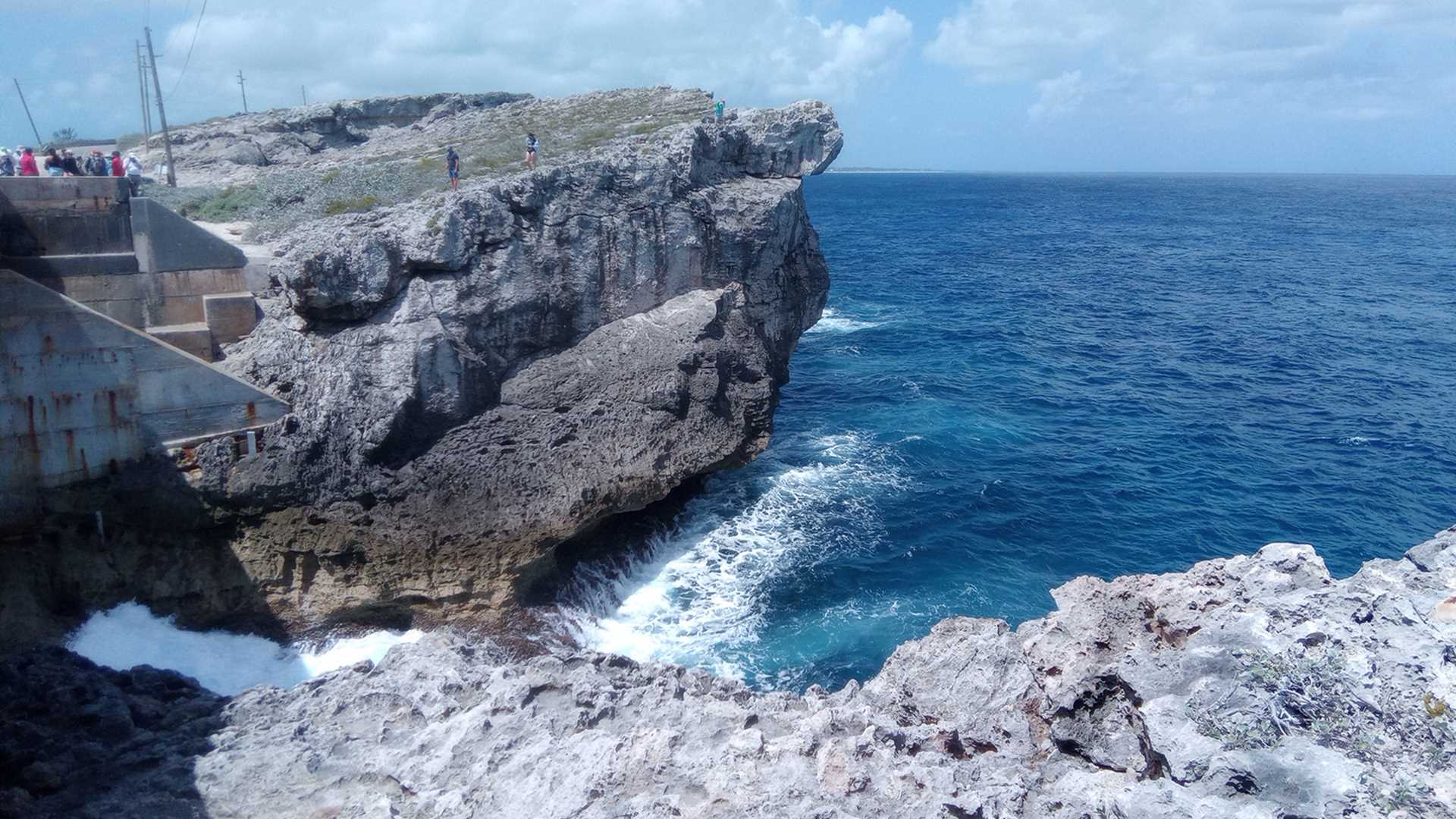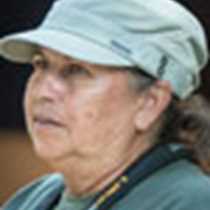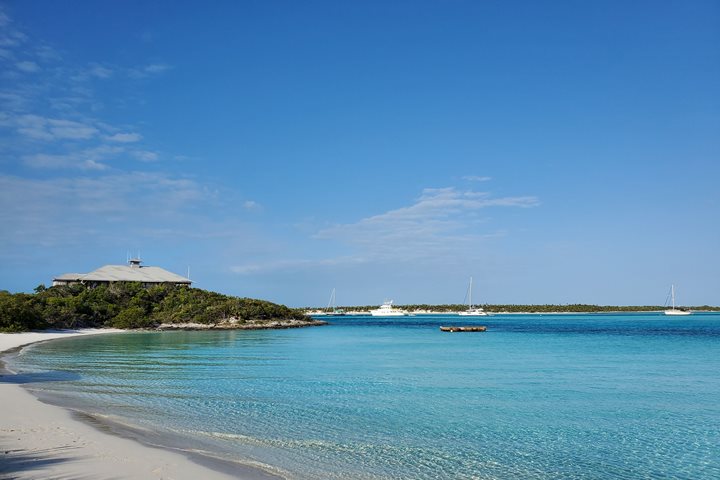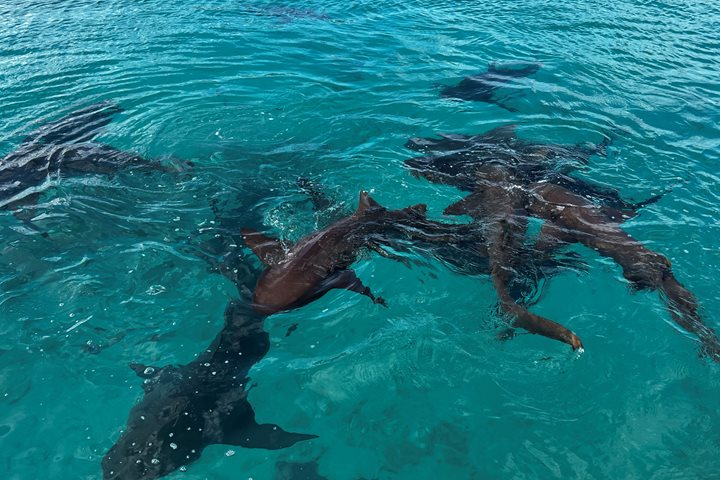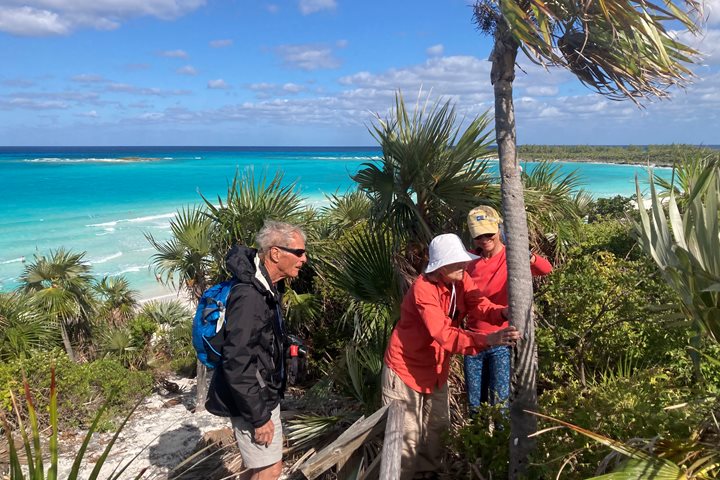We spent an amazing day exploring the island of Eleuthera from tip to tip! This is a unique island in many different aspects. Our group of travelers and staff headed north by road to discover some of the wonders of this incredibly narrow island that is about 100 miles long and four miles at the widest point. After collecting our picnic lunch at a nearby local café, we continued north to Preacher’s Cave, located a short distance from the northernmost shore of Eleuthera. In 1648, a group of Puritan religious independents left Bermuda seeking freedom of religion. They shipwrecked on the Devil’s Backbone, a coral reef not more than a few hundred feet offshore. The seventy survivors who made it to shore took refuge in a nearby cave where they held their first of many services, hence the name Preacher’s Cave. Inside the entrance, an elevated rock is believed to be the pulpit from which the group’s leader preached.
After a picnic lunch of delicious sandwiches and cold drinks, we headed south for a short distance. We viewed Sapphire Hole, one of many blue holes found throughout the Bahamas archipelago and undoubtedly one of the most picturesque.
The next stop on our list of great places to see was the narrowest part of the island, spanned by a bridge called the Glass Window Bridge. Directly below this bridge, a strip of limestone connects the north and south ends of Eleuthera. At low tide, this strip separates two bodies of water. The Bahama Banks are turquoise green and shallow with visible waves of oolitic sands. The Atlantic Ocean is an intense cobalt blue. Massive limestone walls rise steeply from the Atlantic on either side of the bridge and stretch along the shore for miles.
The last stop on our day of discovery was Sweetings Pond. This unique and completely enclosed body of saltwater has an incredibly dense population of seahorses, a subspecies of the lined seahorse, Hippocampus erectus. These amazing and tiny creatures cling to numerous clumps of various species of algae growing on the seafloor. Their cryptic coloration makes them practically invisible.
Our gracious hospitality staff welcomed explorers back to National Geographic Sea Lion with rum cocktails, cool towels, and smiling faces.

